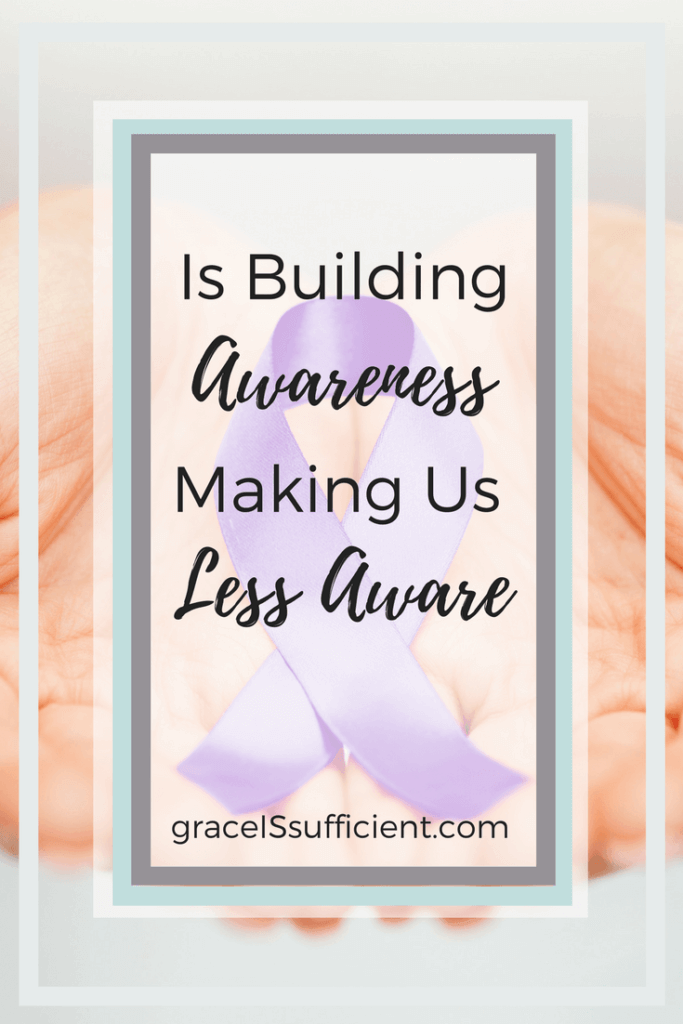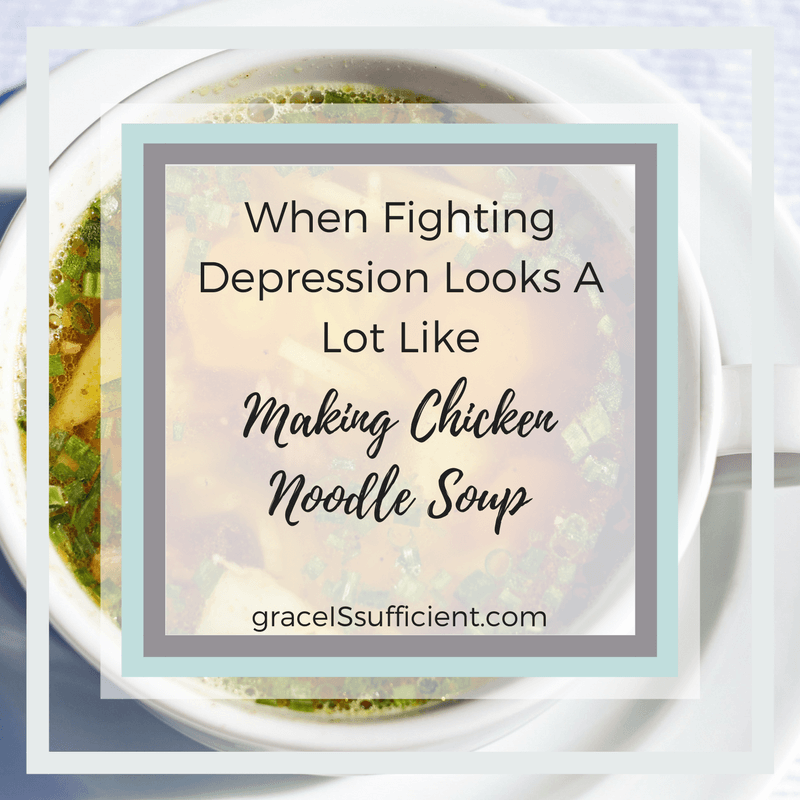October is breast cancer awareness month. We lost my beautiful mother-in-law to this awful disease at the age of 56. I also have an aunt who lost her battle to breast cancer and I have cousins that have had their bodies and lives ripped apart.
I believe in building awareness and supporting research efforts. I have two pink awareness bracelets and a pink shirt that shows interest in the cause. I have other awareness ribbons and even give shout-outs to various diseases and chronic illnesses through my writing as a way to raise awareness.
My problem is not with those that are building awareness – but with those that are profiting from it.
Please hear me out while I stick to breast cancer awareness as an example.
I read this article by Margaret Feinberg (a breast cancer patient) that speaks to how I feel. (Maybe you’d like to read it too. It made me take a moment to consider the bigger picture before I chose another pink item or wrote a check.)
Spending a few dollars to “go pink” in October is a wonderful thing. It shows your concern and empathy for those battling this vicious disease. But maybe, just maybe, after we’ve purchased an item or two we should dive deeper into the actual need of the patients and offer our financial support to what would help meet their true need.
Their true need isn’t for you to wear pink, their need is for money to go to researchers that can help free them from the chains of this disease.
We should know where our dollars are going. It’s ok to “go pink” and support research, but we should be aware of how many cents on the dollar are actually getting in the hands of researchers from the organizations we donate to.
I have to be perfectly transparent here – wearing my pink things, and my other awareness items do make me feel pretty good. I feel as though I’m letting the world know I hold a desire to see the lives of these patients transformed and healed. But supporting these patients isn’t about making myself feel good, as though I’m contributing, by wearing pink.
When I think back at the horrific battle my mother-in-law fought against this disease, I’m angered at my naiveté when it comes to the difference I was making in the efforts to find a cure.
I didn’t know- and maybe you didn’t either.
- I didn’t know that such a tiny portion of the proceeds (often 3 cents on the dollar) from my shirt would go to the doctors and researchers that have made it their life’s work to find a cure.
- I didn’t know that some patients don’t want to see the world turn pink in October. They know about the lack of integrity in some organizations and it’s just a reminder that some would rather profit off their disease. What they do want is a new drug that will fight the bad cells without destroying all the good ones along with it.
- I didn’t know that Komen (who raised $472 million in 2011) only gives .16 of each dollar to research efforts, according to this article in the New York Times.
- I didn’t know that the awareness efforts aren’t changing the numbers. An article in Marie Claire states that in 1991, 119 women died of breast cancer every day. In 2011, the number had only dropped to 110.
- I didn’t know in May the Breast Cancer Society was accused of fraud by the FTC. An investigation revealed $187 billion, raised by four different charities, never went to research efforts but to luxury items for the heads of these “charities”. (You can read the article from CNN here.)
But once we’re aware – shouldn’t we do something about it?
We can give money directly to researchers where 100% of each dollar we give fights for a cure. Here are three Margaret Feinberg mentioned that we can consider:
- Cufund.org: Click on “Give Now” on top of the page. Write the name of the fund: Young Women’s Breast Cancer. This directly supports the Young Women’s Breast Cancer Translational Program, founded by Dr. Virginia Borges, which is committed to identifying the cause for increased risk of death for a young woman with breast cancer.
- Dana Farber: Direct your gift to support the breast cancer research fund.
- Mayo Clinic: Direct your gift toward cancer research.
We can go to sites like Charitynavigator.com to look up a charity before we chose to contribute. The ratings of some of the larger charities might surprise you.
We can contact our local and state politicians urging them to get the necessary funding to researchers – some of which is already in grant pools waiting for designation.
My mother-in-law needed every penny of every dollar raised to go to research for a cure.
You need every penny of every dollar raised to go to research for a cure for your illness, so do I.
Don’t be AWARE – be PROACTIVE!





